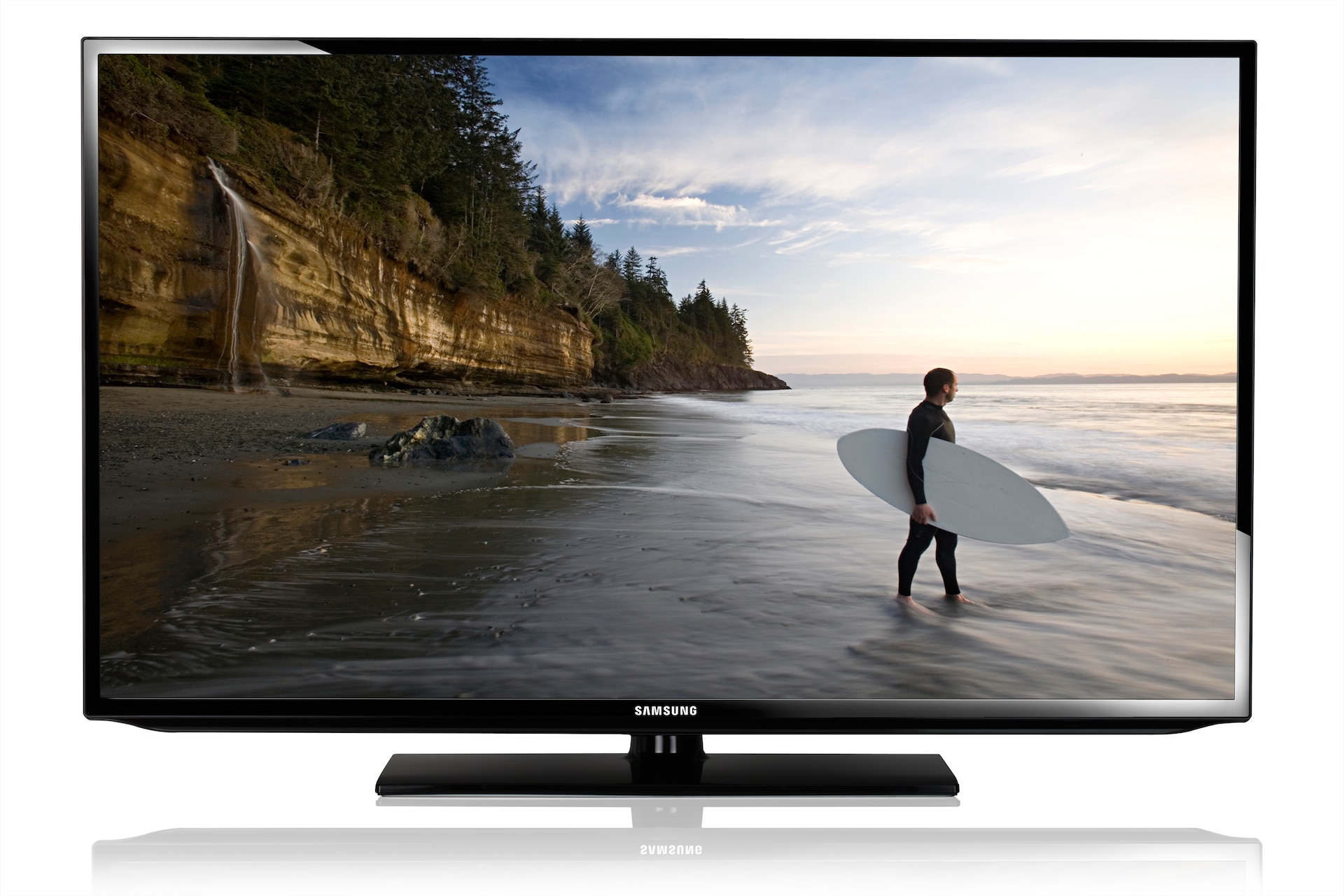Yesterday LEGO Education quietly released “Python for EV3“:
You can now use your EV3 Brick to unleash the power of Python programming using MicroPython. Simply install the EV3 MicroPython image onto any micro SD card and boot up your EV3 Brick from it to start programming straight away.
What it really is: a full ev3dev image with a micropython environment meant to be used from Visual Studio Code through an EV3 MicroPython extension.
Amazing work from David Lechner, Laurens Valk, and Anton Vanhoucke, built over the shoulders of lots of other giants. Congratulations to all!
The documentation states that it uses a ‘pybricks-micropython’ environment and new ‘pybrick’ library, not yet available outside of this image but that’s just a matter of time.
Micropython programs tend to use less resources than common python and also start much faster. The ev3dev-lang-python is still included on the image but for simple projects this new micropython environment will be of great use for people starting with EV3 and text-oriented languages.
The image is really a full ev3dev stretch-based image, the ‘robot’ user is still available (password is “maker”) so we can still access through SSH and use it the way we were used:
ssh robot@ev3dev.local
Password:
Linux ev3dev 4.14.96-ev3dev-2.3.2-ev3 #1 PREEMPT Sun Jan 27 21:27:35 CST 2019 armv5tejl
_____ _
_____ _|___ / __| | _____ __
/ _ \ \ / / |_ \ / _` |/ _ \ \ / /
| __/\ V / ___) | (_| | __/\ V /
\___| \_/ |____/ \__,_|\___| \_/
Debian stretch on LEGO MINDSTORMS EV3!Kernel is very recent but there is already a newer version available – since LEGO keeped the link to ev3dev repositories so the usual ‘sudo apt update’ and ‘sudo apt upgrade’ works:
The following NEW packages will be installed:
linux-image-4.14.111-ev3dev-2.3.3-ev3 rtl8188eu-modules-4.14.111-ev3dev-2.3.3-ev3
rtl8812au-modules-4.14.111-ev3dev-2.3.3-ev3
The following packages will be upgraded:
jri-11-ev3 libnss-myhostname libnss-resolve libpam-systemd libsmbclient libsystemd0 libudev1 libwbclient0
linux-image-ev3dev-ev3 samba-libs systemd systemd-sysv udev wget wpasupplicant
By the way, micropython says:
robot@ev3dev:~$ micropython
MicroPython v1.9.4 on 2018-05-22; linux version
Use Ctrl-D to exit, Ctrl-E for paste mod
Just a few days after SPIKE anouncement, the future of LEGO robots seems now to be very very linked to linux, python and opensource
Me happy! 🙂





